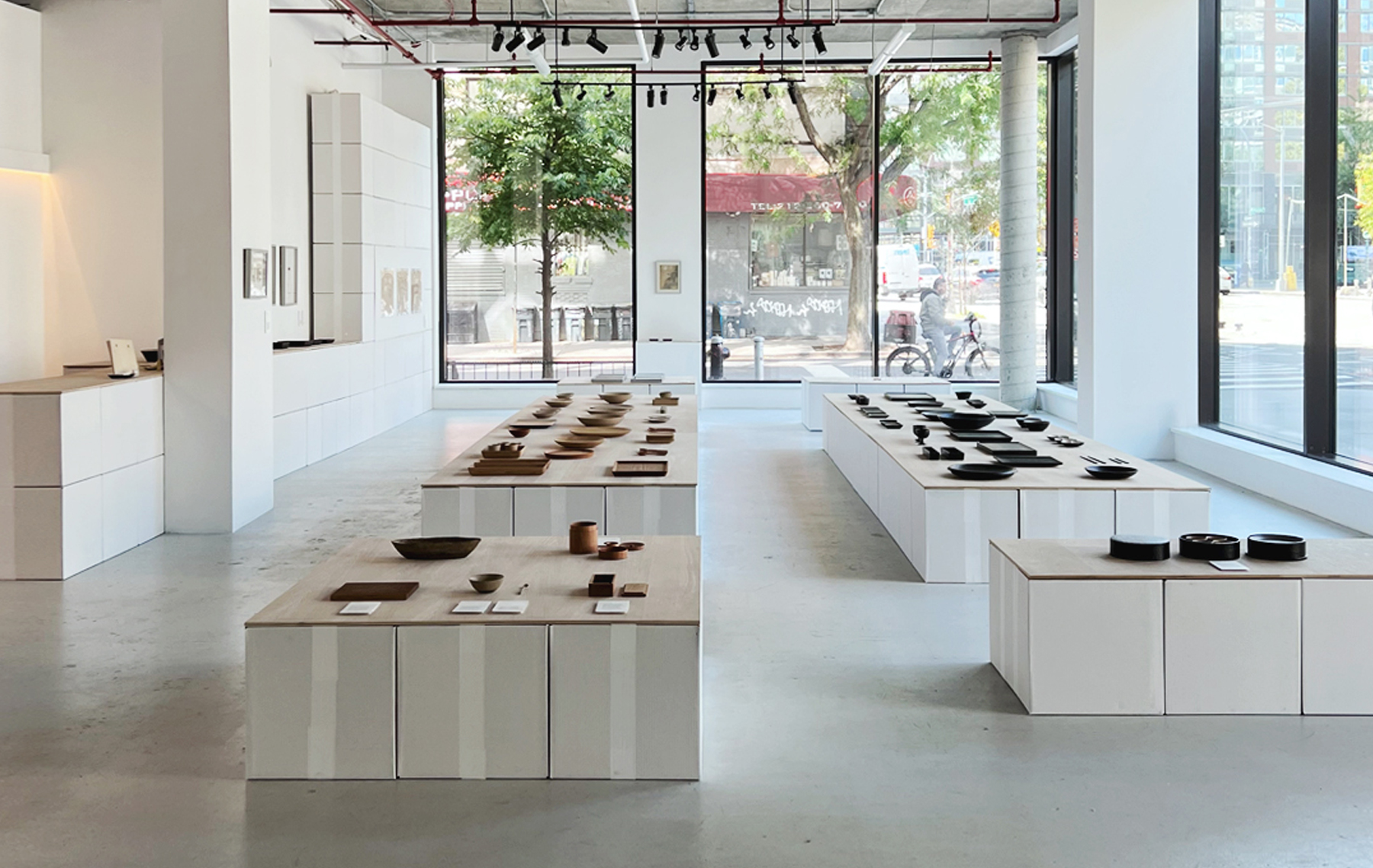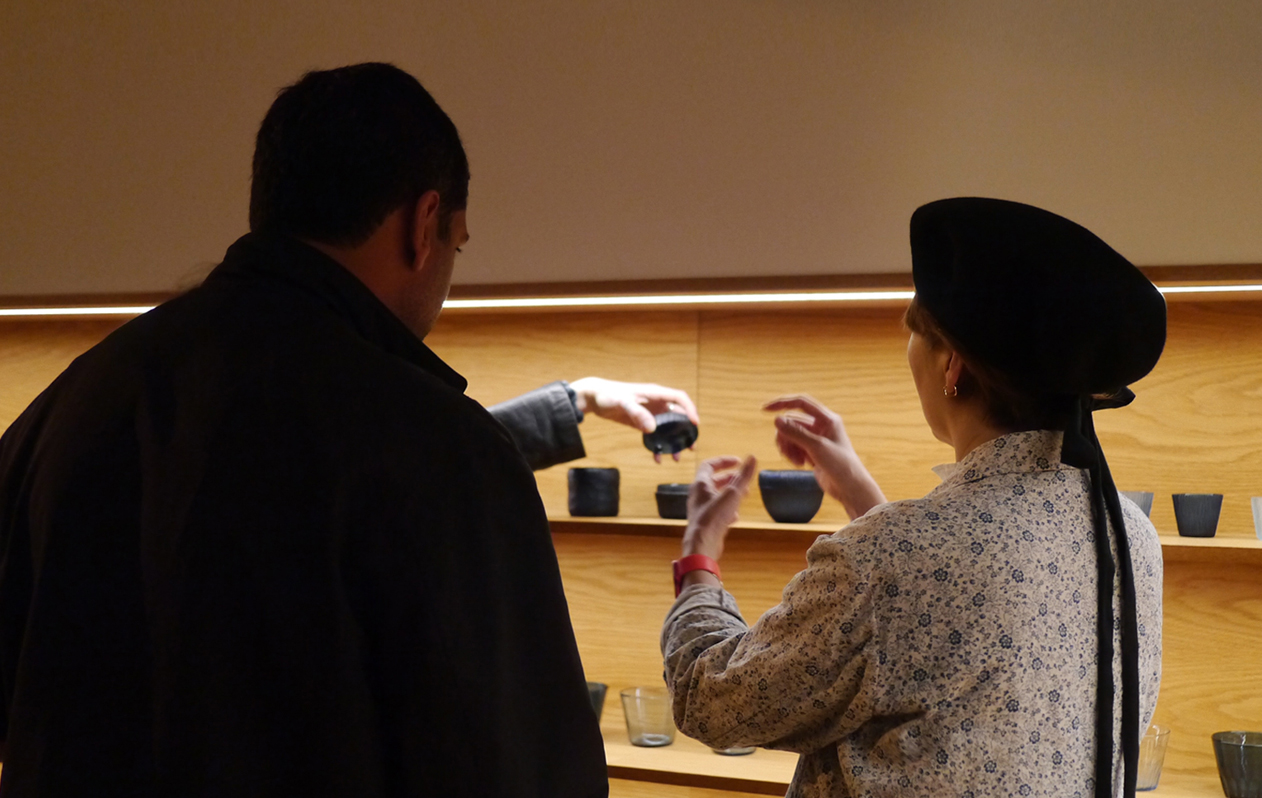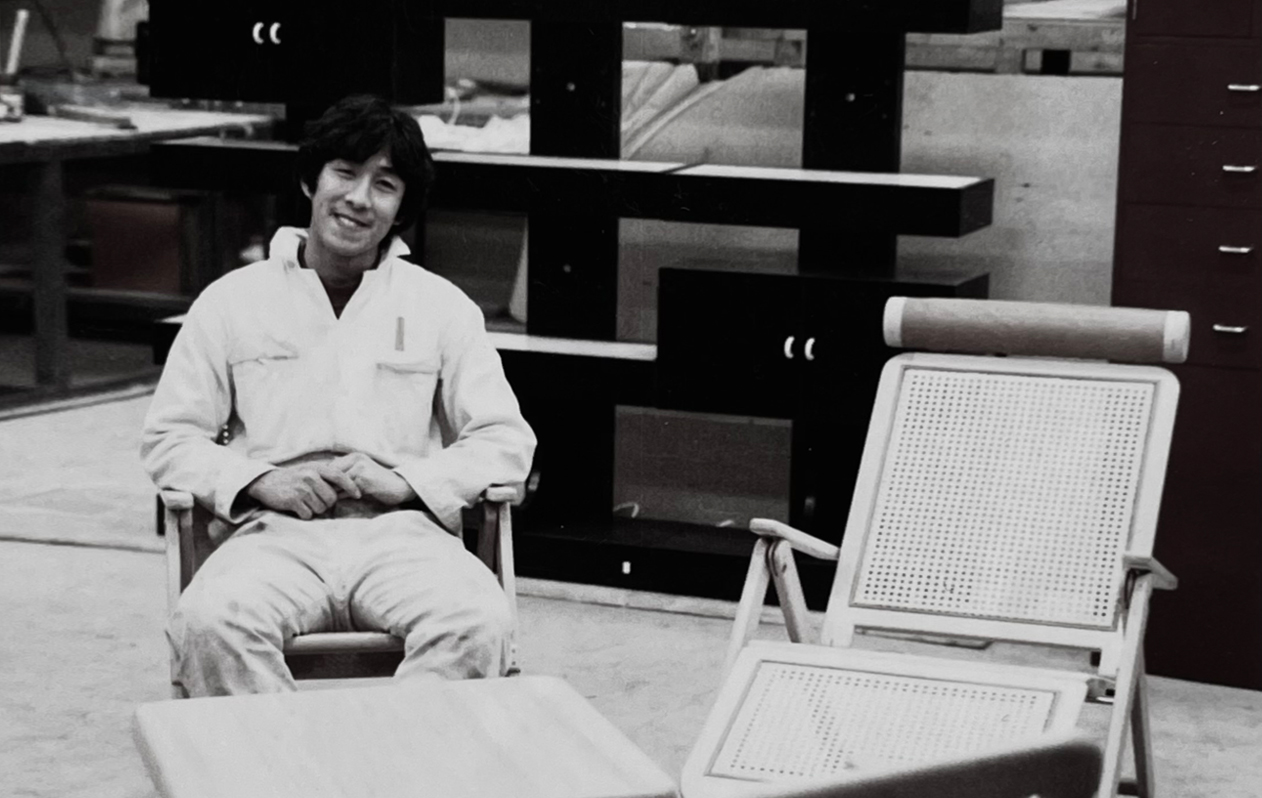A Closer Look at Jusan-Ya

Combs can be very personal items and in some instances seen as spiritual objects. The Japanese word for comb, kushibi, translates to “working with spirits” because in ancient times, people would brush their hair as a ritual believing that each strand held spiritual energy. Recently we introduced combs by Jusan-Ya to the shop because of our fascination with their deep-rooted symbolism and intricate craftsmanship. We managed to delve a little deeper into the history of the company during our visit with the brand in Kyoto. We definitely got lost down the rabbit hole of Japanese comb tradition and artistry and wanted to share some insights into what makes a Jusan-Ya comb the finest in Japan.
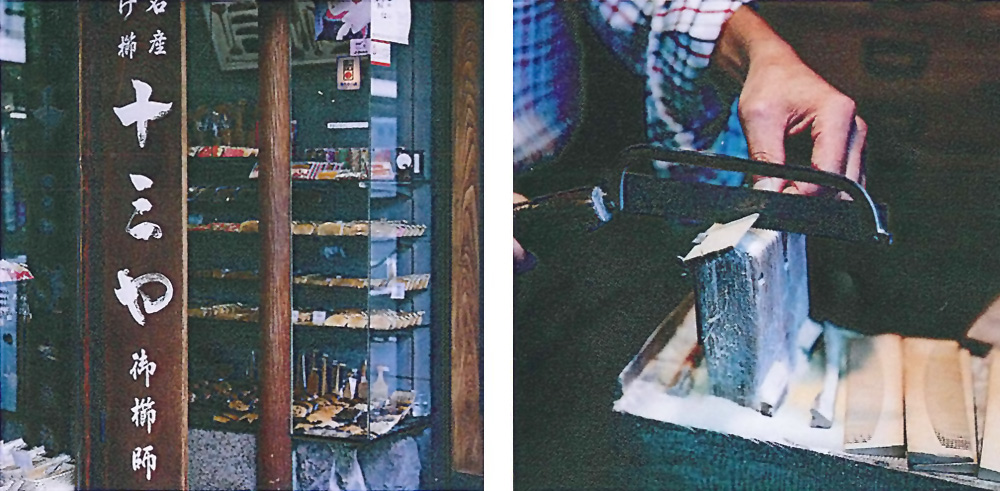
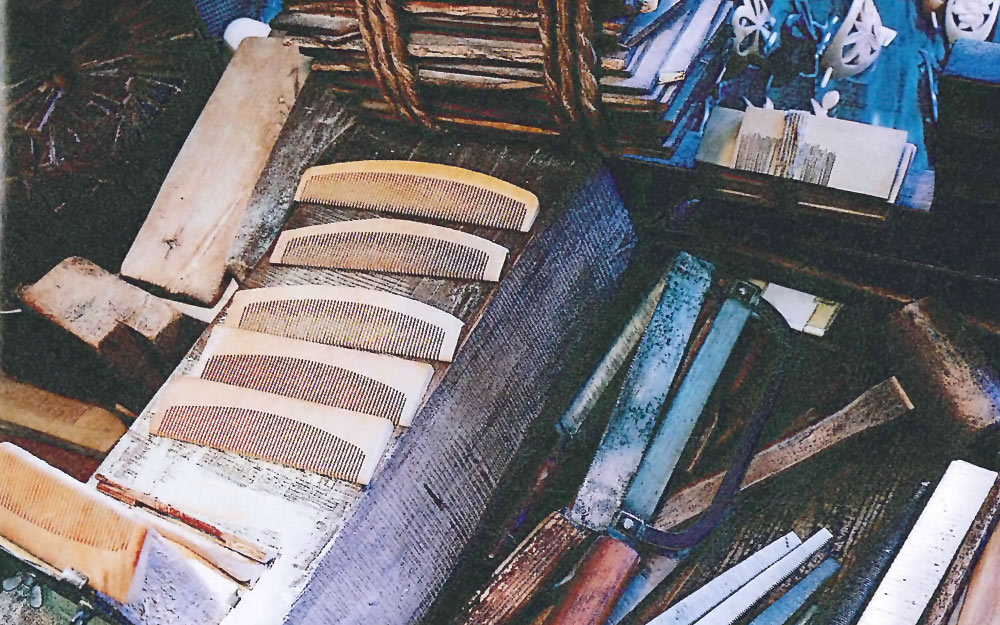
The most compelling aspect for us was learning about the comb making techniques that originate from the Nara period (8th C.) that Jusan-Ya implements. True to tradition, the combs are all made from boxwood that is prepared by Jusan-Ya themselves – one of a few comb workshops that in every respect has established a full in-house manufacturing process which begins with growing the trees and finally to polishing each comb tooth entirely by hand. The premium boxwood by Jusan-Ya is planted in the South of Japan. Each tree is ready after about 30 years once it has reached a suitable diameter of 22cm. After they are harvested, the lengthy preparation process of the wood begins. The timber is gathered, cut in boards and fumigated. It is then smoked for another ten years in sawdust to ensure that they are dry and of a suitable hardness that will help prevent warping.
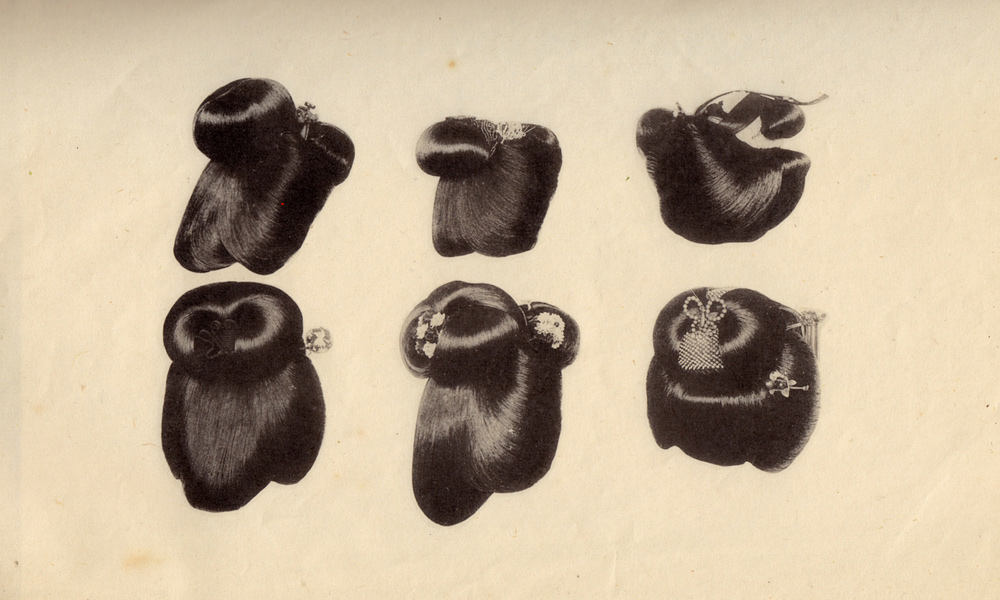
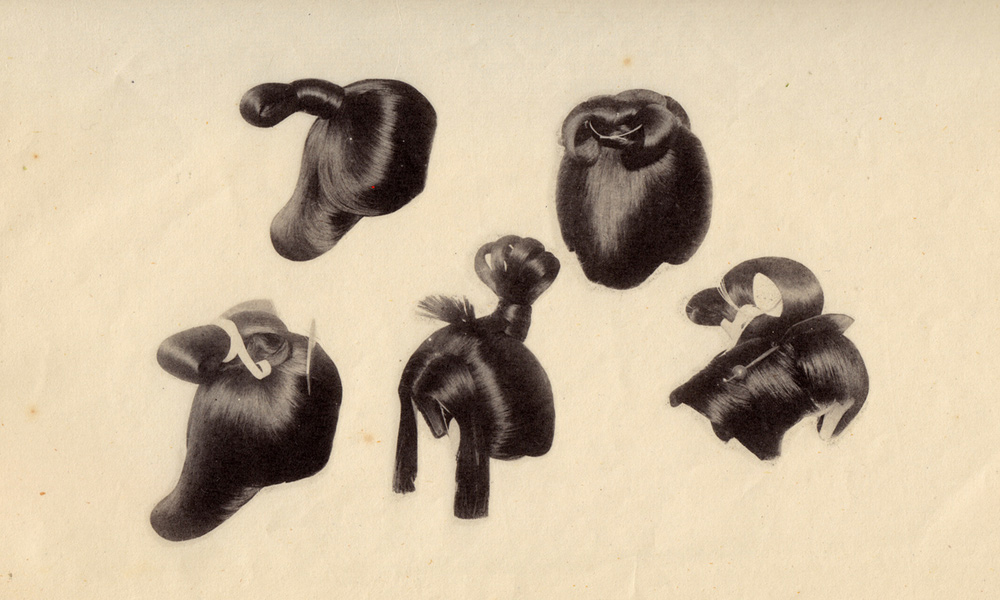
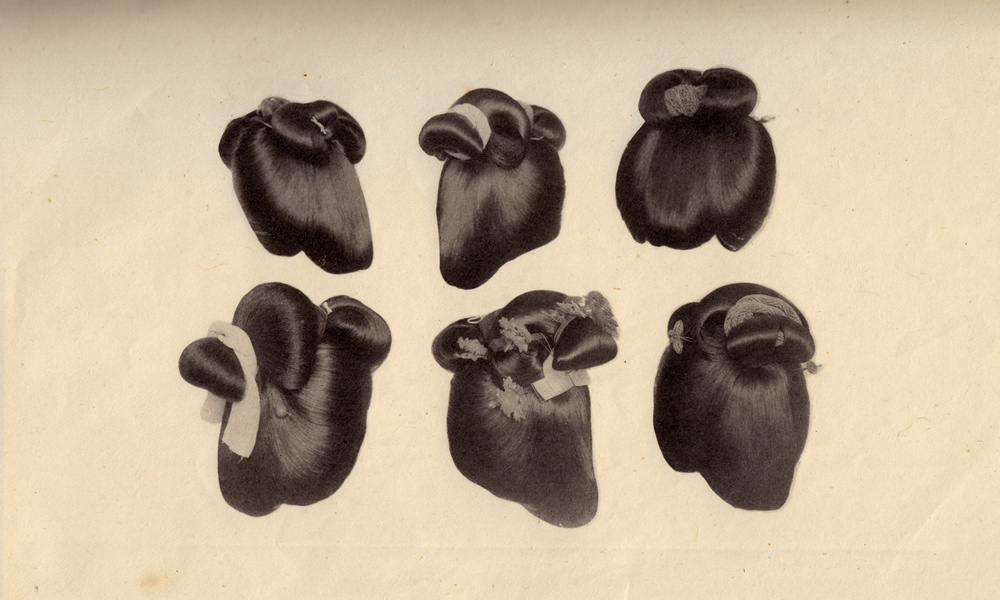
A formally trained comb maker named Jisakichi Takeuchi founded Jusan-Ya in 1875. His traditions were passed down over the years and today it is run by the company’s fifth generation owner, Shinichi Takeuchi. Jisakichi originally based the company in Osaka but when combs began to popularize in Kyoto in the Gion district, he re-located there to take advantage of the districts many geisha who used Tsuge Gushi (traditional boxwood combs) on a daily basis for their elaborate hairstyles. The variations of updos shown above are illustrated in a vintage booklet from 1918.
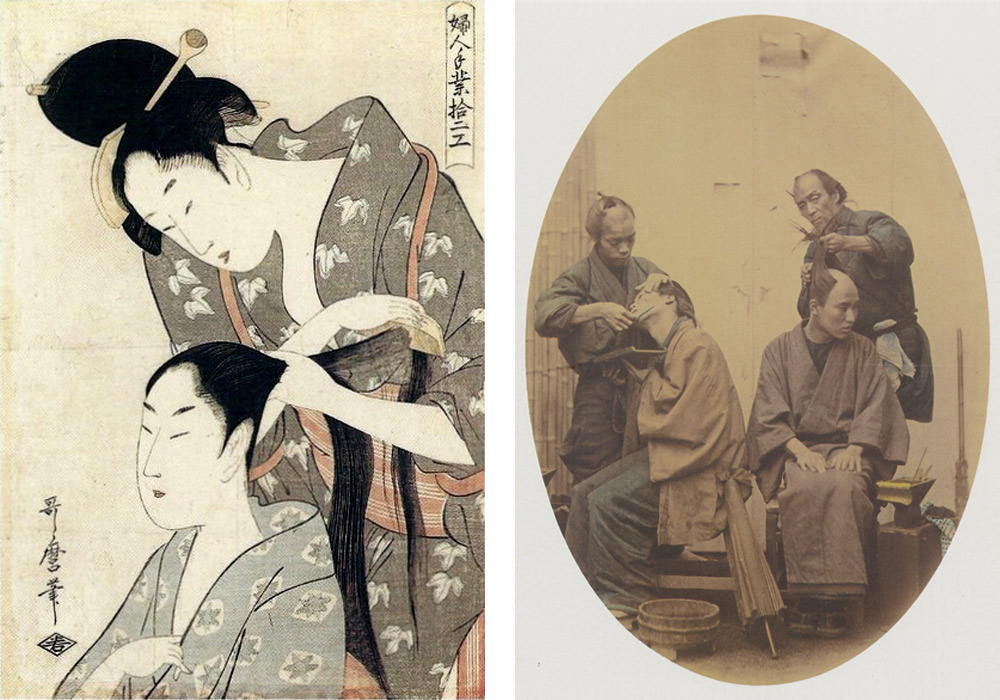
Beauty and grooming customs in Japan were essential parts of daily life and is revealed in artwork from the early part of the 20th C. Above, the ukiyo-e woodblock print by Utamaro and the photograph entitled “Japan, At the Barber”, 1850, depict common scenes of hairdressing and barbers grooming their patrons on the streets.
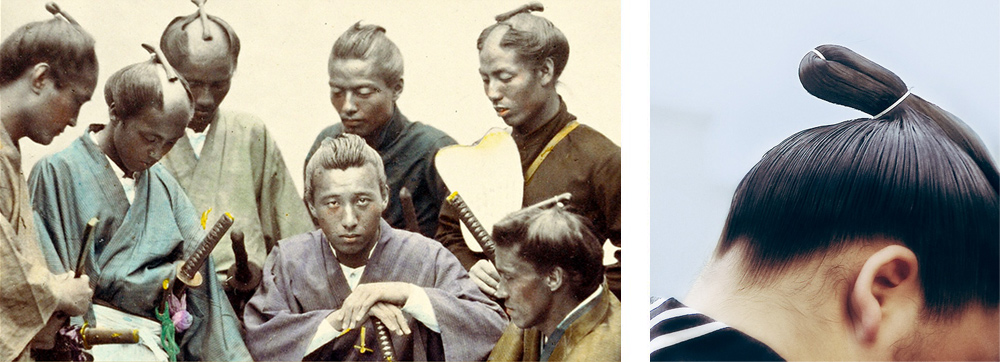
Different types of combs are used for specific purposes. For men, the chonmage was a common topknot type updo for samurai that helped keep their helmets in place during combat. These hairstyles required specialty combs like the Naginata that would fine-tune the overall chonmage and the Hakekoki that would correct the topknot. In contemporary times, boxwood combs for everyday use exist while the more specific varieties function well for modified versions of traditional hairstyles like updated topknots, perms, chignons and crew cuts.
To view our exclusive collection of Jusan-Ya boxwood combs and learn more about each type, follow the link.

